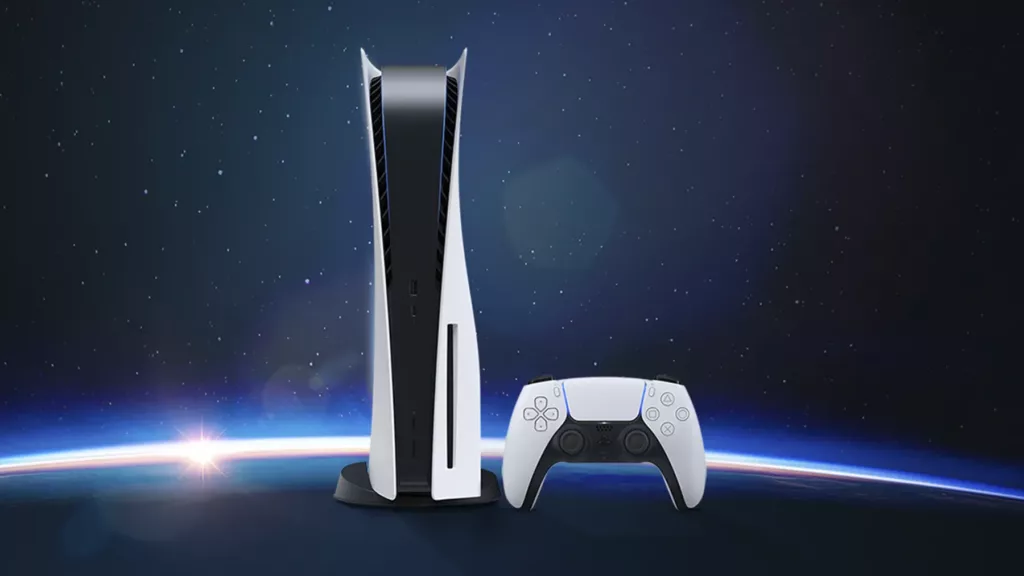The video game industry is abuzz with speculation about the pricing and performance of upcoming consoles from Sony and Microsoft. According to recent reports from industry insiders, the next iterations of the PlayStation and Xbox consoles will likely carry higher price tags than past console generations. This projected price hike reflects a new economic reality in the gaming hardware market.
In comments made last week, Sony acknowledged the difficulty of lowering production costs for the PlayStation 5. The large silicon die at the heart of the PS5 makes it inherently more expensive to manufacture than past PlayStation models. Simultaneously, Microsoft has hinted that its next console will represent the company’s biggest technical leap yet in a new platform. The ambitious performance goals for both consoles suggest that consumers should brace for more premium price points when the PlayStation 6 and next-generation Xbox arrive.
Industry analyst Kepler L2 gave context on the economic trends driving up costs. With the end of Moore’s Law in sight, manufacturers can no longer rely on transistor density gains to lower chip production expenses. This means performance gains now come with greater financial trade-offs. Console makers face a dilemma – either keep prices low by minimizing hardware improvements or push technical boundaries at the cost of higher prices. Given the competitive dynamics of the console market, both platform holders seem inclined to pursue raw power even if it means launching more expensive devices.
Cost per transistor has remained flat through FinFETs and will go up with GAAFETs/CFETs.
The days of free cost savings with die shrinks is over and things will only get worse.
Future consoles will either have increasingly smaller performance gains or significantly higher prices https://t.co/4UZSOzy4sh
— Kepler (@Kepler_L2) February 14, 2024
On the other hand, Sony may pursue differentiation through a more budget-friendly pricing strategy. Reports indicate the company is developing a scaled-down PlayStation 5 Pro model to complement its existing flagship PS5 console. Insider sources believe the PS5 Pro could retail between $499 and $549 without a disc drive. That would represent only a moderate price hike from the $449 PS5 Digital Edition available now. Sony seems to be betting it can attract more mass market consumers through a two-pronged pricing approach.
Pricing maneuvers by Sony and Microsoft will have enormous implications for the competitive landscape. The video game industry is reaching an inflection point where the hardware economics that governed past console generations may no longer apply. This could lead to a future where premium game platforms become more segmented by price and performance tiers. Regardless, one thing seems certain – buyers eager to own cutting-edge gaming tech will need to make peace with more premium price points. The budget-friendly consoles of the past may be gone for good.
